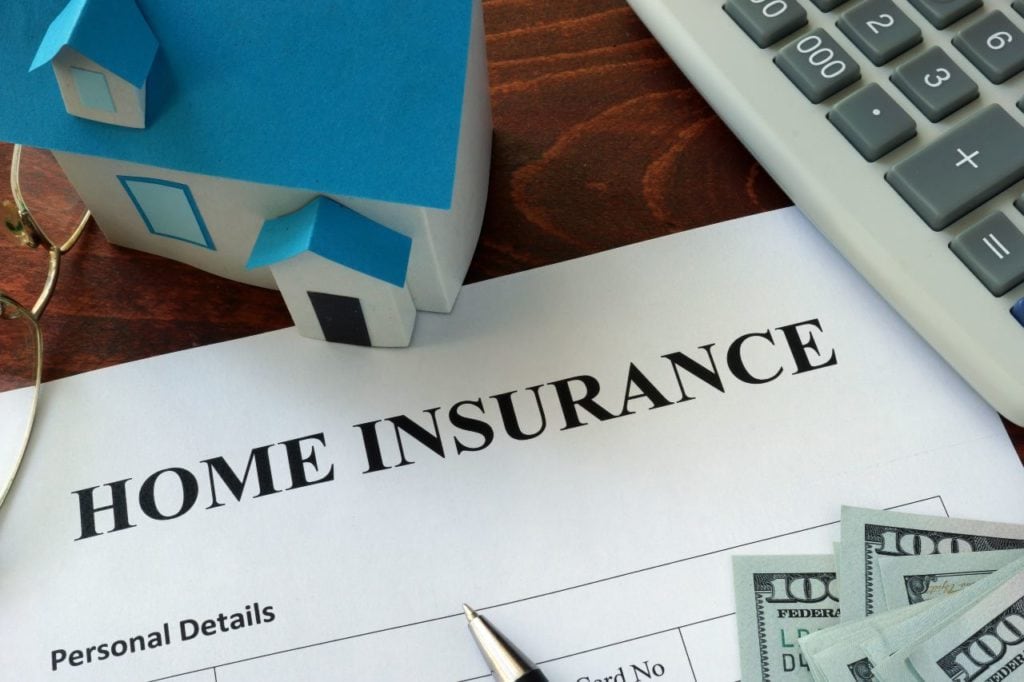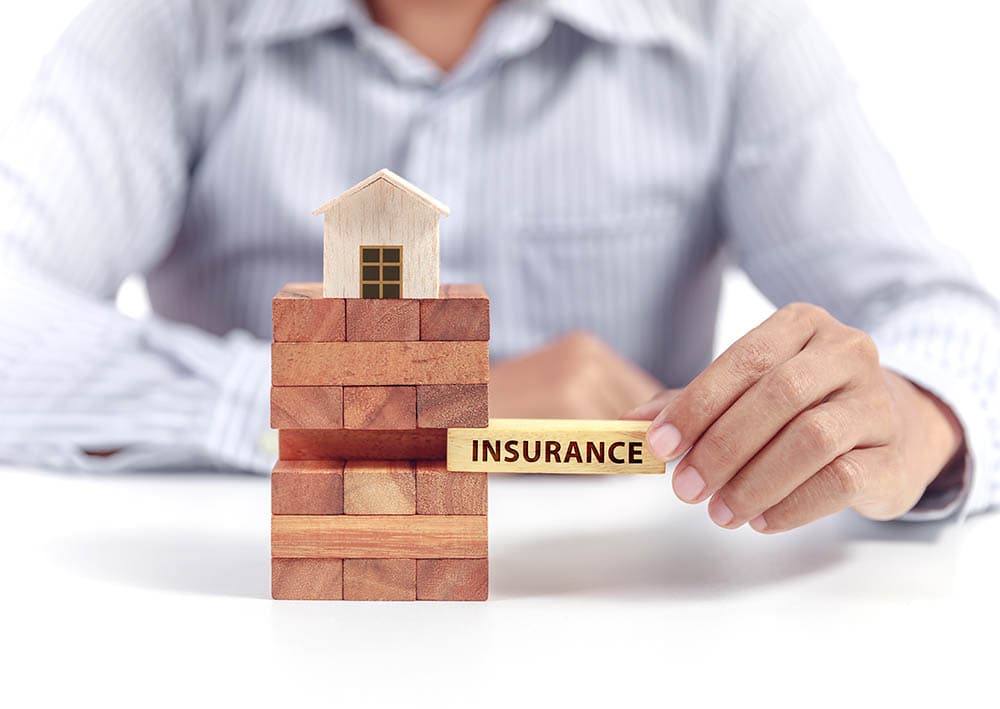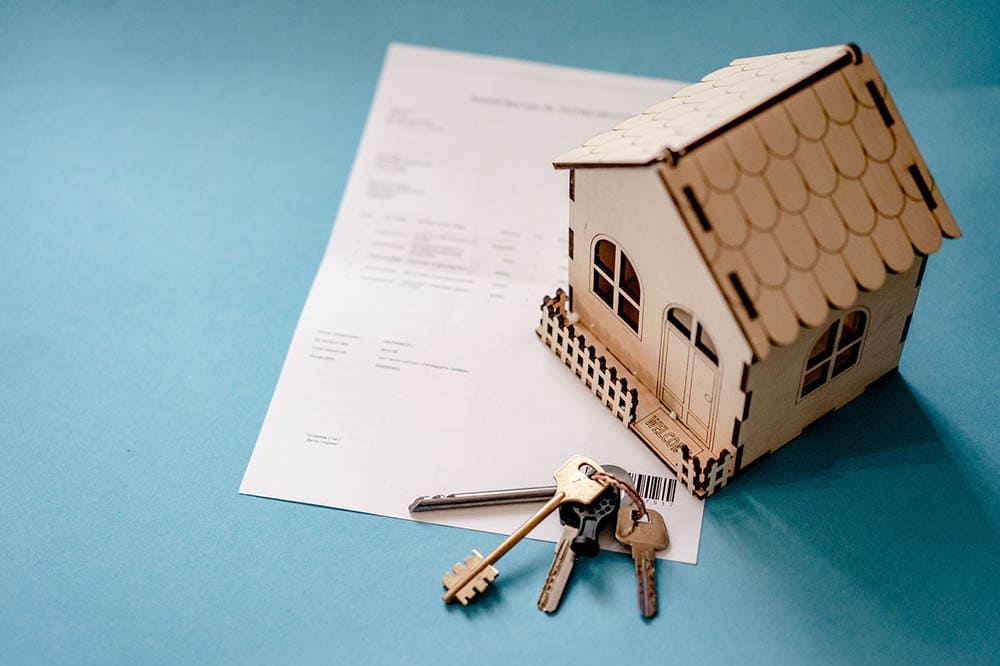Does Homeowners Insurance Cover Tornado Damage? Coverage & Preparation
-
Chris Dinesen Rogers
- Last updated:

According to the Insurance Information Institute, about 1,200 tornadoes strike the United States annually, causing about $2.53 billion in damage in 2020. They may not take the toll of other natural disasters like wildfires or hurricanes. Yet, their impact is devastating, nevertheless. These stats make the fact that weather forecasters weren’t allowed to issue warnings before 1950 unbelievable.
If you’re a homeowner who lives in Tornado Alley, knowing if you’re covered for this type of event is imperative. Fortunately, most insurance companies cover the resulting damage. However, there are some caveats that you must know.
Defining a Tornado
Tornadoes are complex weather events, which makes predicting them challenging. It must be a rotating column of air on the ground to qualify as one. The size isn’t necessarily an indication of its strength. However, scientists still debate the finer points about what constitutes a tornado. It’s worth noting that the National Weather Service (NWS) is the only agency that can issue warnings.
Government officials use the Enhanced F-Scale to classify tornadoes based on the wind speed of a 3-second gust and the type of wind damage it caused on a scale of 0 to 5. It also assigns a damage indicator figure between 1 and 28. Scientists use these data to assess these events and fine-tune their forecasts.

Coverage for a Tornado
We’ll preface our discussion with a recommendation to check with your insurer. Coverage depends on several variables, including your location and other types of weather events in your area. Companies usually classify tornadoes as windstorms, which is where the rub is. If you live in an area prone to high winds, such as the Midwest, you may need additional damage coverage.
Some carriers may have a wind deductible. That means if your property includes $200,000 in damage, you’re on the hook for whatever that percentage is, sometimes up to 5%. However, what coverage you get is nuanced. It’ll likely include your home and the repairs caused by the tornado. It may also cover mold. It most likely won’t apply to flooding, even if it was the result of the storm.
1. Loss of Use Coverage
If your home is unlivable, your insurance will likely include loss of use coverage for things like lodging or pet boarding. We recommend checking the fine print. While your insurance may include it, there may be a limit on how long it lasts. We also suggest checking for any exclusions because of tree damage.

2. Personal Property
Your insurance will specify whether it will pay for your property’s replacement value, like the cost to buy your things again or its actual cash value minus depreciation. While the former sounds like the better deal, remember that prices invariably go up, too—along with your premium.
3. Your Vehicle’s Coverage
Personal property coverage may stop when it comes to your ride. Your comprehensive auto insurance steps up to the plate for your vehicle. It’s not required in all states. However, it’s worth considering if you live in Tornado Alley. Otherwise, it’s your loss to cover. Again, we suggest you find out what is covered resulting from these weather events.
Preparing for Disaster
None of us want to think of the possibility of a tornado going through our towns. Nonetheless, it’s wise to prepare for the worst. That means reading your policies thoroughly to understand your coverage. We also suggest reviewing your options annually and making any changes as necessary. We strongly urge you to put together an emergency preparedness kit.
Make sure to include a 7-day supply of medications for you, your family members, and your pets. Other necessary items include a flashlight with extra batteries, a deluxe first aid kit, and a hand-crank radio. It may seem like overkill, but you won’t regret the expense if you should need to use these things, heaven forbid.

About the Ban
Let’s clarify by saying the US Weather Bureau discouraged the use of the word tornado. It’s worth noting that meteorology and storm prediction were in their infancy. Scientists didn’t know how they developed, much less how to predict them. The government was afraid of panicking citizens without a reliable way to determine the risks. Things changed in 1948 that changed the course of weather forecasting.
On March 20, a tornado struck Tinker Air Force Base in Oklahoma, causing excessive damage. The base’s general tasked meteorologists Major Ernest Fawbush and Captain Robert Miller to find a way to avoid a repeat of the disaster. Their chance came only 5 days later when the weather threatened to turn violent again.
The Major and Captain warned of an impending tornado. The general agreed to issue an alert and thereby helped spare the men from further tragedy. On July 12, 1950, the US Weather Bureau reversed its stance as technology made forecasting tornadoes more reliable, not wanting to be viewed as discouraging warning the public. The rest, as they say, is history.
Final Thoughts
If you don’t have a mortgage, the chances are you don’t have to get homeowners insurance. Nevertheless, it’s a wise choice, even if you never have to make a claim. It’s far better to pay for the coverage and not use it than needing to rebuild and not having the funds to help with your expenses. Luckily, your insurance will most likely cover the damage costs to help you recover from your losses.
- https://www.iii.org/article/tornadoes-and-insurance
- https://www.statista.com/statistics/237409/economic-damage-caused-by-tornadoes-in-us/
- https://www.spc.noaa.gov/faq/tornado/
- https://www.accuweather.com/en/weather-news/what-is-tornado-alley-2/432271
- https://www.spc.noaa.gov/faq/tornado/ef-scale.html
- https://www.redcross.org/get-help/how-to-prepare-for-emergencies/survival-kit-supplies.html
- https://www.smithsonianmag.com/smart-news/why-forecasters-were-once-banned-using-word-tornado-180954742/
- https://www.spc.noaa.gov/faq/tornado/memo1950.pdf
Featured Image Credit: Vitalii Vodolazskyi, Shutterstock
Contents
